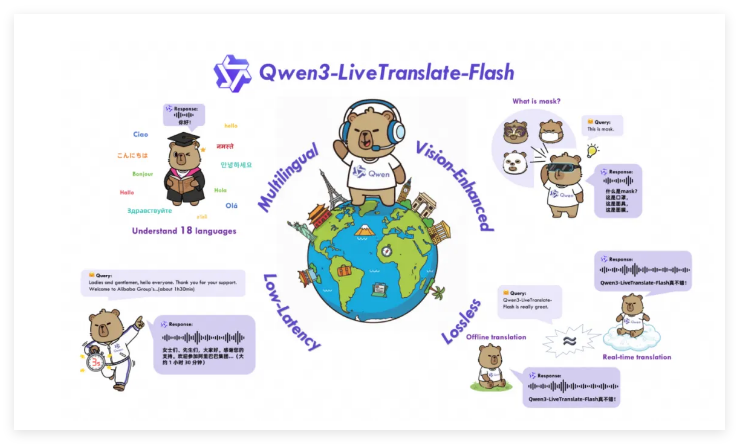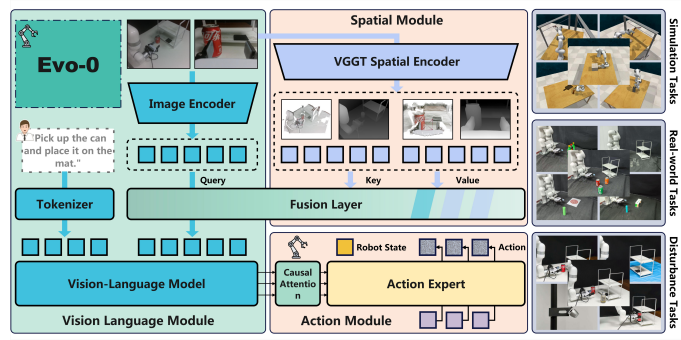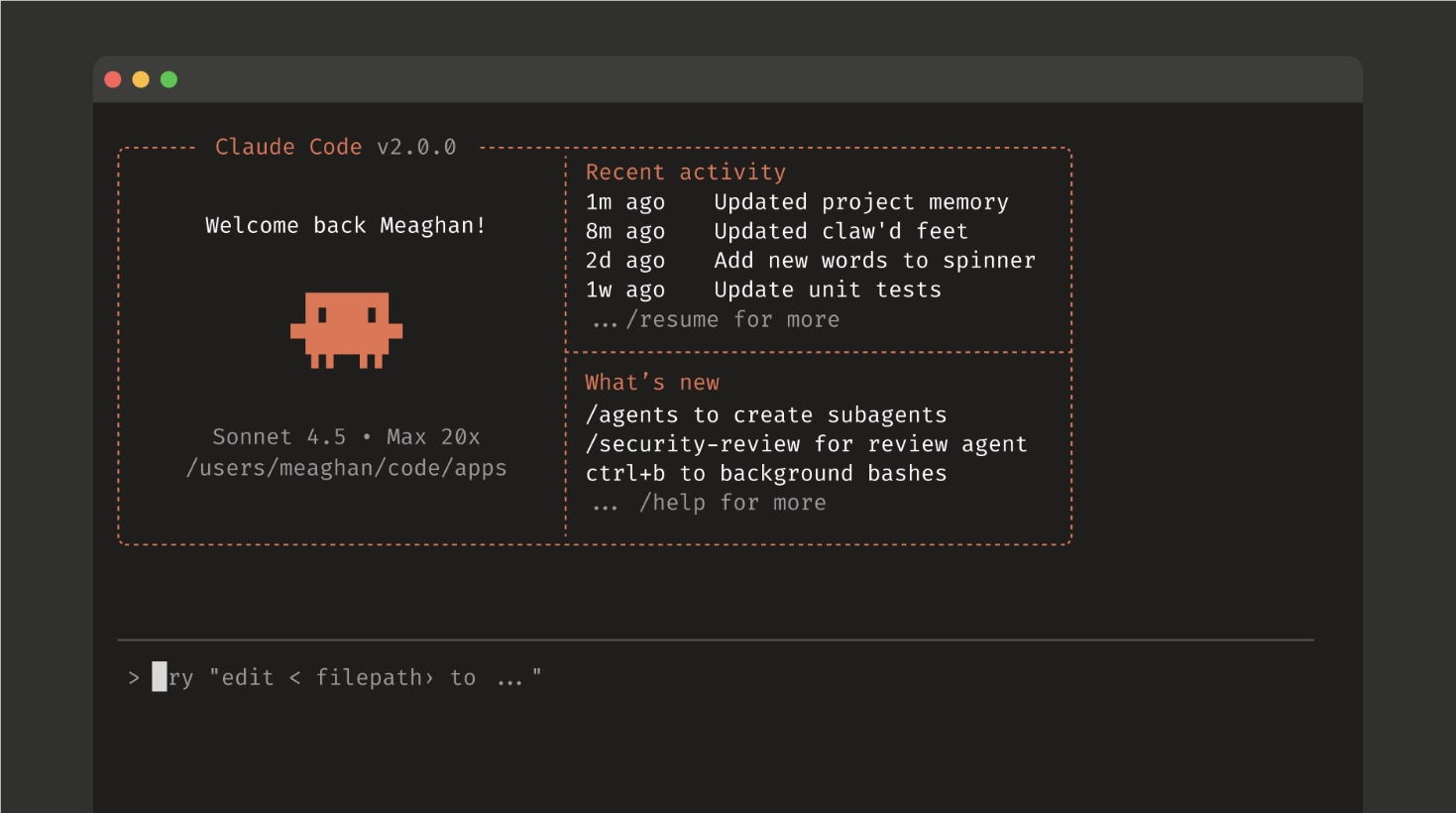On August 5, 2025, Google DeepMind officially launched its latest generation world model, Genie3. This breakthrough AI technology, with its powerful real-time interaction capabilities and diverse environment generation abilities, marks a new height in AI simulation technology. Genie3 not only achieves significant improvements in generation duration, resolution, and physical consistency, but also supports dynamically changing virtual world events through text, opening up new possibilities for AI agent training, game development, and education.

Technological Breakthrough: Real-Time Generation of 720P High-Fidelity 3D Worlds
As a general world model, Genie3 can generate interactive 3D environments at 24 frames per second with 720P resolution, representing a significant leap from its predecessor Genie2 (360P, 10-20 seconds of consistency). According to official information from Google DeepMind, Genie3 generates the virtual world frame by frame using an autoregressive approach, maintaining environmental consistency for several minutes, with visual memory lasting up to one minute. This means that when users move within the virtual environment, objects and details in the scene (such as graffiti on walls or natural phenomena) remain highly consistent, greatly enhancing immersion.
Dynamic Interaction: Text-Driven "Promptable World Events"
Genie3 introduces a revolutionary feature called "promptable world events," allowing users to dynamically modify the virtual world through simple text commands. For example, in a skiing scenario, users can input instructions to add a group of deer or change weather conditions, and the model can respond in real time while maintaining physical consistency in the environment. This feature not only enhances interactivity but also provides flexible tools for game developers, educators, and AI training. Compared to traditional game engines that require pre-programmed fixed scenes, Genie3's dynamic generation capabilities make virtual world creation more immediate and diverse.
Physics Simulation: Self-Learning of Real-World Laws
Genie3 does not rely on traditional physics engines but instead learns physical laws such as gravity, object movement, and interaction through large-scale video datasets. Whether it is the jolting of off-road vehicles on Mars, the splashing of water in rivers, or the natural effects of wind moving grass, Genie3 can present them in a highly realistic manner. For example, when simulating Alpine or ancient Greek scenarios, the model can generate diverse environments with realistic physical properties across geographical and temporal boundaries. This self-learning ability provides rich training scenarios for AI agents (such as DeepMind's SIMA agent), supporting the achievement of complex goals and long-term task training.
Application Prospects: Broad Potential from Games to Robot Training
The release of Genie3 is seen by DeepMind as a significant step toward artificial general intelligence (AGI). Shlomi Fruchter, research director, stated that Genie3's generality and real-time interaction capabilities make it an ideal platform for training AI agents. For instance, robots can learn to deal with unpredictable scenarios in a simulated warehouse without the cost of real-world trial and error. Additionally, the potential of Genie3 in education, games, and creative design is undeniable. Teachers can generate immersive historical or scientific scenarios through simple text prompts, while game developers can quickly build dynamic virtual worlds, significantly shortening development cycles.
Current Limitations and Future Outlook
Although Genie3 has made significant technical breakthroughs, it still has some limitations. For example, the model currently supports only a few minutes of continuous interaction, far from the ideal state of hours. Moreover, AI agents' interaction capabilities within the simulated environment are limited, and complex multi-agent interactions still require further exploration. Google DeepMind states that Genie3 is currently available in a research preview form to select scholars and creators, aiming to further optimize the model and assess potential risks. In the future, DeepMind plans to gradually expand the testing scope and explore its application in more extensive scenarios.
Industry Impact: A New Competitive Landscape in AI World Models
The release of Genie3 comes at a time of intense competition in the AI industry. Compared to rumors about OpenAI's GPT-5, Genie3's innovation in the field of world models is considered a unique advantage of Google DeepMind. Unlike traditional NeRFs or Gaussian Splatting technologies, Genie3 does not require explicit 3D representations, generating more rich and flexible dynamic worlds. This capability not only brings disruptive possibilities to the gaming and virtual reality (VR) industries but also lays the foundation for innovations in robot training and education. AIbase believes that the release of Genie3 further solidifies Google's leading position in AI simulation technology.
Summary
Google DeepMind's Genie3 redefines the boundaries of AI world models with its powerful real-time 3D environment generation capabilities and dynamic interaction features. From realistic physics simulations to text-driven events, Genie3 not only provides infinite possibilities for AI agent training but also injects new vitality into games, education, and creative industries. Although currently still in the research phase, its future commercial potential is undoubtedly promising. AIbase will continue to monitor the subsequent developments of Genie3 and bring you the latest updates on AI frontiers!










